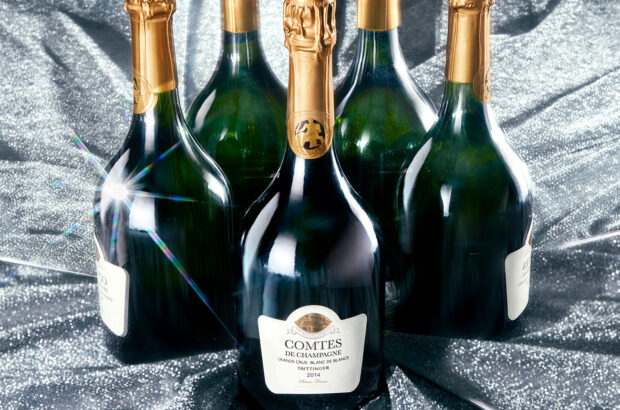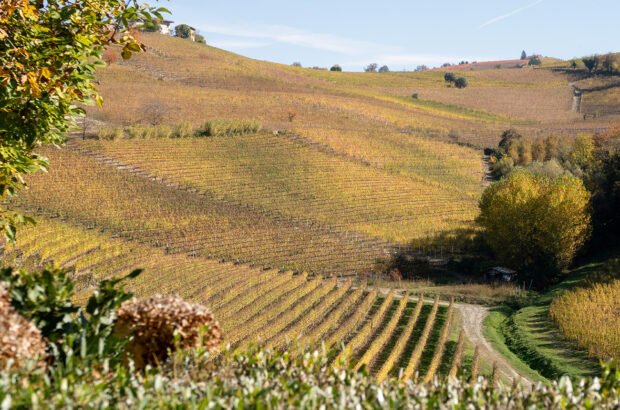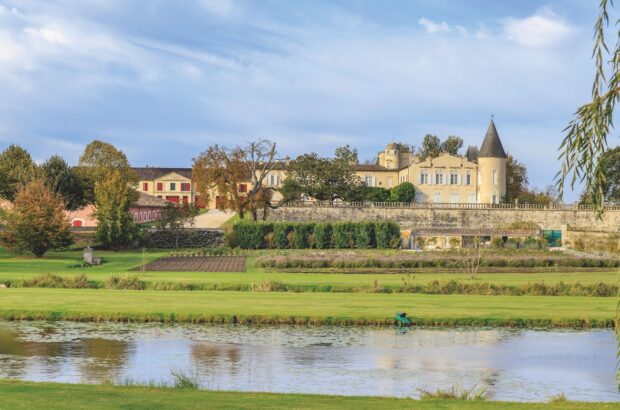For a country not known for being short on confidence and self-belief, the US has spent much of the past century on the back foot when it comes to its whiskey. Blame Prohibition, which lasted from 1920 until 1933, decimated domestic whiskey production, and turned the drinking population on to the joys of illicit Scotch and Canadian hooch instead. Blame vodka too. Smirnoff famously rose to prominence on the back of advertising that proclaimed: ‘Smirnoff White Whiskey – No Smell, No Taste’. In a new world in love with the light and the neutral, the ripe, rich joys of a well-aged bourbon or rye were yesterday’s story.
By the 1980s, American whiskey resembled a wasteland, devoid of creativity and, beyond the remnants of its ageing fanbase, all but forgotten by the country that created it. Then attitudes began, slowly, to shift. Partly this was driven by a natural consumer cycle – just as one generation rejects the things their parents love, so the one after tends to discover them all over again – and partly by a fresh sense of determination on the part of distillers. If the Scots can sell their whisky for big bucks, they said, why the hell can’t we?
The explosion of craft brewing spawned, in its wake, an army of small distillers who had no interest in aping the mainstream. Their only rule was to have no rules, beyond an imperative to create new flavours that people loved and kept coming back for.
The rise of rye
Some of those ‘new’ flavours, however, were anything but. America’s first whiskey was rye, not bourbon, made by the European immigrants who planted it in Maryland, Pennsylvania and West Virginia in the mid-18th century.
‘Rye was frequently consumed for close to 200 years, and then had a precipitous fall,’ explains Joe Magliocco, president of Michter’s Distillery. ‘When we began our work in the 1990s to resurrect the Michter’s brand in Kentucky, the market for American rye was close to non-existent. It was the bartenders and some whiskey aficionados in retail stores who championed quality American rye and reintroduced it to the public, both in the US and abroad.’
Now, rye’s distinctively spicy, peppery punch has found an eager new audience, and Michter’s has started distilling with estate-grown rye from its own farm in Springfield, Kentucky. This practice is in keeping with another hallmark of today’s whiskey distillers – a concern with the quality of raw materials.
When Waco-based Balcones Distilling released the first whiskey in Texas since Prohibition, it was Balcones Baby Blue – a corn whisky (they spell it without the ‘e’) made by distilling roasted Hopi blue corn and ageing it for a short time in tiny five-gallon (22.7-litre) casks. With its combination of sweet chilli heat, buttery corn and spiced tropical fruit, it became an instant classic.
Singular style
Balcones also makes bourbon and rye, but most of its production is devoted to single malt – a rising star of American whiskey that provides the template for some of the finest liquid around today.
Matt Hofmann, co-founder and managing director of Westland Distillery in Washington State, reckons there are more than 170 producers making American single malt today, and a legal definition underpinning its identity is imminent. The Westland approach, with its laser focus on the flavour-giving properties of whiskey’s base ingredient, the cereal grain, is uncompromising.
‘There’s a certain type of whiskey consumer that’s been drinking the same product for a long time and has no desire to try something new,’ Hofmann explains. ‘They usually aren’t for us. But there’s a huge segment of younger, more diverse whiskey drinkers who are really attracted to our unique philosophy of whiskey-making, one that is truly connected to provenance and agriculture.’ The latest manifestation of this ethos is Colere, an annual-release whiskey that takes its name from the Latin verb meaning to cultivate, and that moves the Westland philosophy beyond the mere pursuit of flavour, and into issues of ethics and the environment.
The aim is to use barley varieties that are new to whiskey, sourced from more sustainable and regenerative agricultural systems, explains Hofmann. ‘While we’ve always looked at malted barley as being a critical source of flavour in whiskey (in contrast to most of the industry today), what we’ve been able to do with Colere is to push innovation with barley in a way that has never been done in this sector, by getting outside of the commodity grain system and developing a somewhat new relationship to agriculture. The whiskey’s been well received, but so too has the intent that went into it.’
World class
All of this invention and innovation is, in turn, having a positive knock-on effect on the quality of mainstream styles such as bourbon, as Magliocco explains. ‘Our goal is to make the greatest American whiskey, and we pay tremendous attention to details such as having barrels made from wood cured for 18 months or more outdoors, toasting our barrels in addition to charring them, and heat-cycling our rickhouses,’ he says, referring to a complex process whereby barrels are subjected to additional temperature variations during the colder winter months to increase complexity.
The results are there for all to see, and to taste; and distillers are no longer shy about trumpeting their credentials to the watching world. Westland recently concluded The Judgement of Westland, a four-month-long series of independently run blind tasting events featuring four unnamed single malts from the US, Australia, India and Scotland.
The results placed the US and Australia marginally ahead of Scotland, followed by India – but that’s not really the point. As the contest shows, the real winners are the consumers, because never before, in its long and chequered history, has American whiskey been as diverse, innovative and damned enjoyable as it is today.
Whiskey America: Six innovative spirits to try
Balcones Baby Blue Corn Whisky, Texas
Corn gives whisky sweetness and an oily, mouthcoating texture; here, it’s also youthful, only adding to the punch of toffee, vanilla and popcorn, plus a little lemon verbena. Hugely flavoursome, with tropical notes and a sweet chilli heat. Alc. 46%
Horse With No Name Spirit Drink, US/Germany
The concept of combining bourbon with a habanero chilli distillate made in the Black Forest in Germany is bizarre, but it works: oaky, sweet, ultra-fruity, but with none of the hot chilli kick you might expect. Alc. 45%
Michter’s US *1 Small Batch Bourbon, Kentucky
Its ryes are excellent, but don’t overlook this class act from Michter’s. It elevates the typically rich sweetness found in bourbon with complex notes of dried fruit, white pepper and freshly baked bread. Alc. 45.7%
Westland Colere 1st Edition, Washington
Made from Skagit Valley-grown Alba, a six-row winter barley given full expression by four years in used casks. Aromatic pineapple and a persistent cereal thread, alongside a punchy, peppery spice character. Alc. 50%
Westward American Single Malt, Oregon
A very American single malt, using local barley, ale yeast and lightly charred barrels to create a richly sweet mix of baked plum, cinnamon, coffee bean and cigar smoke. Opulent and highly enjoyable. Alc. 45%
WhistlePig Small Batch Rye Aged 10 Years, Canada/Vermont
Now here’s a curiosity: a Canadian rye whiskey, but aged ‘over the border’ in Vermont, USA, at the WhistlePig Farm. It’s rye personified, with bags of peppy spice and oak char, underscored by orange, red cherry and butterscotch. Alc. 50%


















